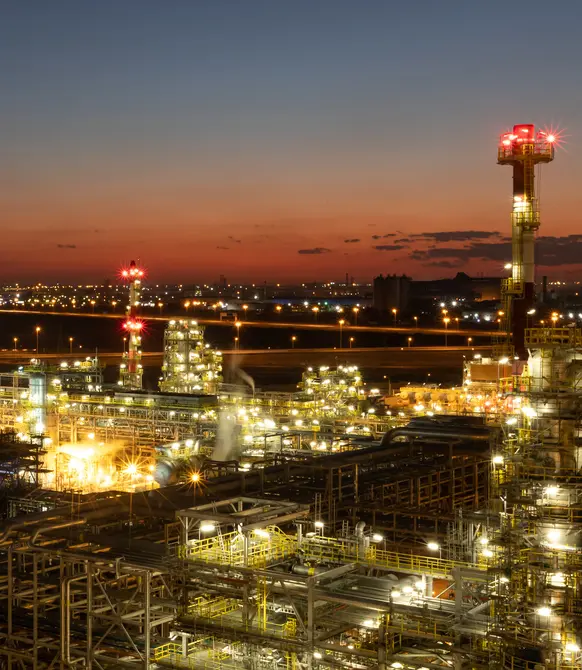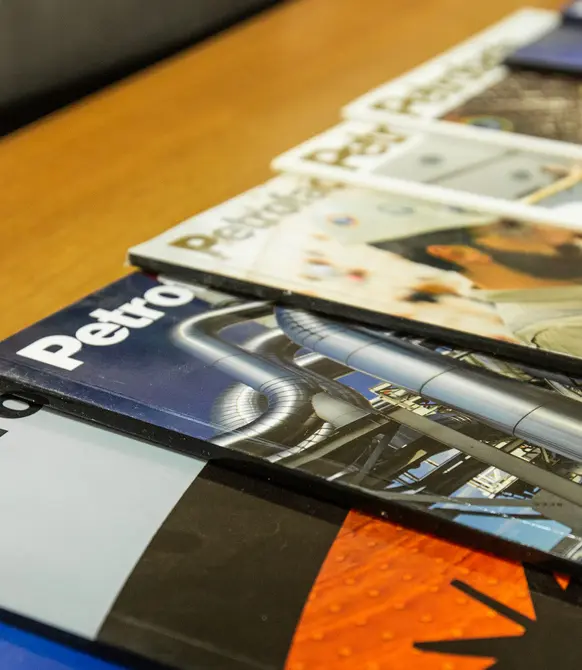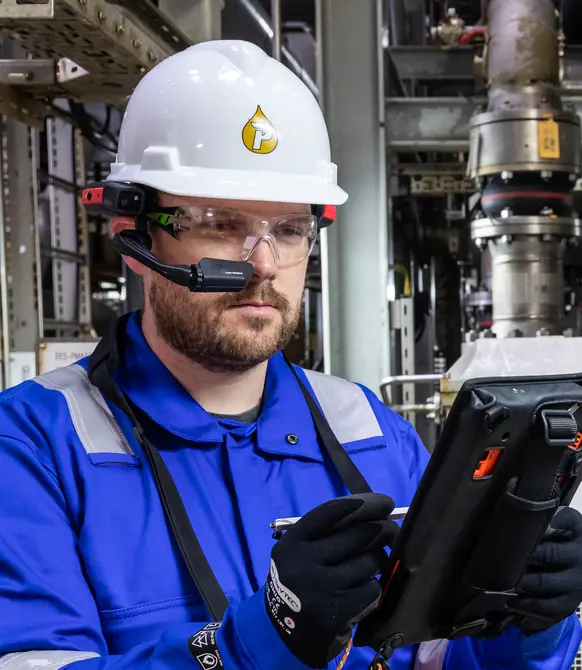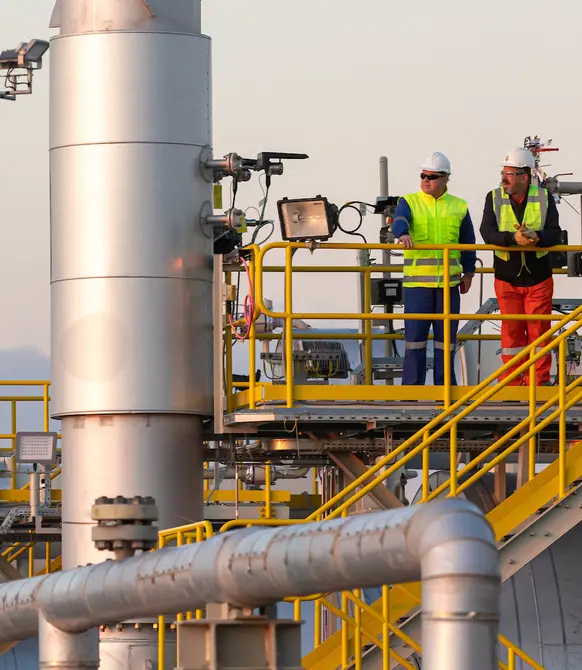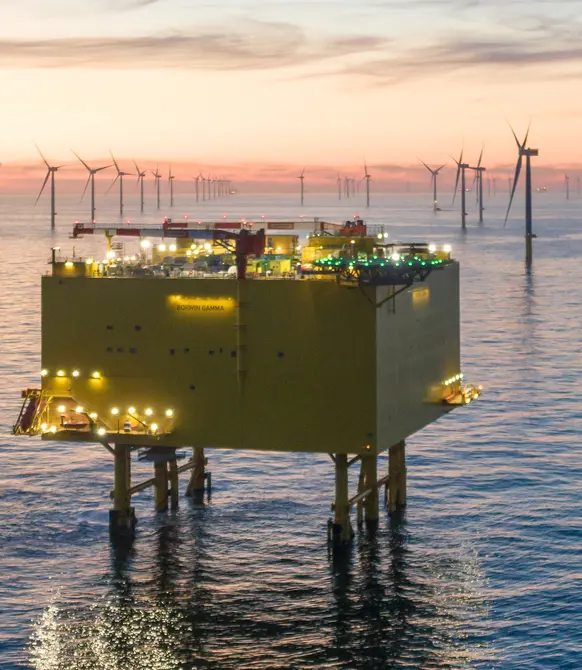Technology and commercial collaboration – the key to sustainable cost reduction
Can the oil and gas industry continue to rationalise cost? That was the question posed to a panel of industry experts at the Oil & Gas Council’s latest online debate. Petrofac’s Vice President - New Energy Services, Jonathan Carpenter, argued ‘yes’.
Major oil companies and service providers across the globe have taken difficult steps to right-size their organisations and reduce cost in line with the recent oil price crash and coronavirus pandemic.
Whilst these actions have been necessary and effective, long-term sustainable cost reduction requires us to continue to think differently about how we work, too. As the core tenets of a sustainable strategy; supply chain collaboration, innovative commercial thinking and deployment of technology, can and will support additional cost rationalisation.
Technology has the ability to support a real shift-change in productivity and performance. For example, throughout the lifecycle, we’re using data analytics to get insights to the right person to help identify issues before they occur.
Building on this, Petrolytics, our Artificial Intelligence driven insights platform, is proven to mitigate operational threats, enhance asset uptime and support a reduction in overall maintenance, leading to multimillion-dollar savings. Wearable technology, materials and equipment tracking, with real-time feedback via our Connected Construction application, is helping us optimise safety and enhance productivity at site.
Similarly, by combining an asset’s Digital Twin, mobile wearable technologies and Petrofac’s proprietary software, BuildME™, to digitalise offshore maintenance and inspection, reporting, and anomaly management, our Connected Workers are driving up to 200% improvement in offshore efficiency compared to traditional North Sea approaches. Combined, these approaches have huge potential to help us work even smarter, faster, and for less.
I believe the opportunity to leverage digital tools alongside commercial models that better align contractors and operators, could yield significant additional value.
We are working with some North Sea clients to plan a move from a time-based reimbursable model, to an output or outcome-based model. If you start aggregating this approach, linking contractor performance to contractor incentives via KPIs on asset uptime and cost, you have a real mechanism to drive asset performance. Those who are willing to engage with their supply chain and contractors and work collaboratively to drive the approach to delivery – using fit for purpose tools, systems and processes – are likely to gain even more, through fewer interfaces, costs and leakage, and allowing the supply chain to have greater scale and hence scale efficiencies, enabling further optimisation.


